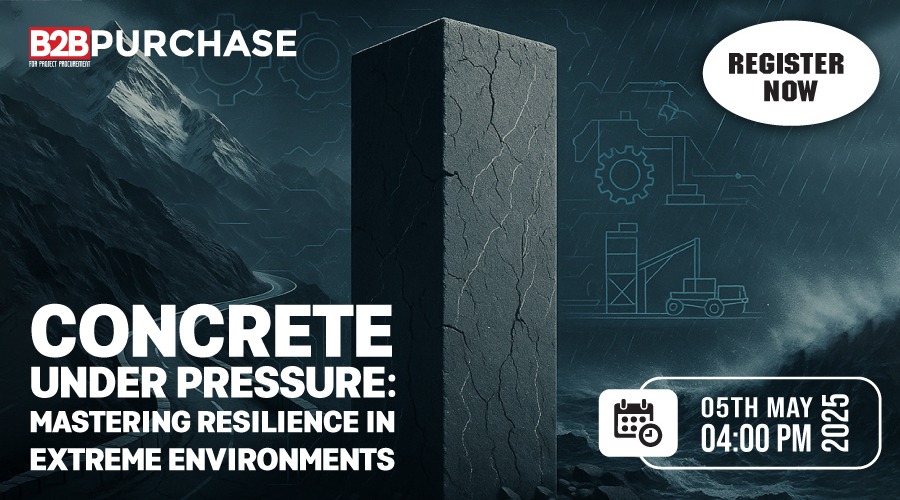Aeration, crucial task in water treatment
By Edit Team | January 2, 2016 10:56 am SHARE

Aeration brings water and air in close contact in order to remove or modify before they interfere with the treatment processes.
Aeration is a process of introducing oxygen into a liquid sample. Earlier, it was believed that nature has in it, the capacity to treat waste by sufficient amounts of aeration and dissolved oxygen through wind, rain, splashing of water from an incoming stream or waterfall, and by photosynthesis carried out by aquatic vegetation within the pond. The gravels and layers of sand were considered to filter and sediment the waste in the flowing water, eventually resulting in clean water. However, as nutrients are added to the pond or body of water from sources such as runoff, dust from construction sites, grass clippings, and leaves from nearby trees, the demand for oxygen increases. This has resulted, the natural water bodies to change its course due to extensive sedimentation.
Importance of aeration
Aeration brings water and air in close contact in order to remove dissolved gases such as carbon dioxide and oxidises dissolved metals such as iron, hydrogen sulfide, and volatile organic chemicals (VOCs). Aeration is often the first major process at the treatment plant. During aeration, constituents are removed or modified before they can interfere with the treatment processes.
Emphasizing on the importance of aeration in wastewater treatment, Pradeep Pillai, Applications specialist, Hanna Equipments India Pvt Ltd says, “Aeration is considered to be one of the most vital methods to degrade waste because there are numerous numbers of chemicals like volatile organic chemicals, such as benzene (found in gasoline), or trichloroethylene, dichloroethylene, and perchloroethylene (used in dry-cleaning or industrial processes), ammonia, chlorine, carbon dioxide, hydrogen sulfide, methane, iron and manganese that can be completely removed or oxidised using aeration.”
Not just the chemicals but maximum load of BOD and COD levels is also brought down by aeration techniques.
Nitin Kirloskar, Head-Corporate Marketing, Forbes Marshall Pvt Ltd informs, “In municipal or industrial wastewater treatment, it is important to decompose the organic matter to make the water harmless. There are chemicals that are used to react and stabilise the contaminants. However, for biological treatment of organic matter, the process of decomposition is important and this is done with the help of aeration.”
“Aeration brings water and air in close contact by exposing drops or thin sheets of water to the air or by introducing small bubbles of air (the smaller the bubble, the better) and letting them rise through the water. The scrubbing process caused by the turbulence of aeration physically removes dissolved gases from solution and allows them to escape into the surrounding air,” explains Amarnath Reddy, Executive Director, SSI Aeration Pvt Ltd.
Aeration also helps remove dissolved metals through oxidation, the chemical combination of oxygen from the air with certain undesirable metals in the water. Once oxidised, these chemicals fall out of solution and become particles in the water and can be removed by filtration or flotation.
The efficiency of aeration depends on the amount of surface contact between air and water, which is controlled primarily by the size of the water drop or air bubble.
Types of aeration processes
There are different types of aeration processes that have been adopted over the period of time depending upon the material to be degraded. Traditional methods like causing the water to flow by gravity down an arrangement of steps, thus splashing and breaking up into films and drops; by causing it to flow downward through a vertically arranged series of trays containing beds of coke or gravel, or mechanical methods are employed using which air is being pumped to the utmost tray; by throwing it into the air in a spray; and by blowing or drawing air bubbles through it, is some of the ways to bring the water into contact with the air. Pumping by air lift also has a partial aerating effect. Mechanical aerators like cone aerators, draft aerators, slat and coke aerators, centrifugal aerators and many more such aerators are used for these purposes.
Aeration is done by infusing air into wastewater to allow oxygen exchange at the surface and release of noxious gases. This provides oxygen to bacteria and these bacteria utilise it to break down organic matter containing carbon to form carbon dioxide and water. Biodegradation process in absence of oxygen is a very slow process and may be ineffective.
SSI’s contribution
SSI Membrane life span is more than 10 years and is now achievable at a good value. Reddy says, “We are in the business of efficient oxygen transfer offering a range of aeration products discs, tubes, plates and pipe fittings designed for quicker installation all manufactured by us and we market on quality, endurance, membrane resistance to high strength industrial wastes and 30 per cent savings in plant energy and maintenance costs. We carry consignment stocks on all continents. We have an experienced team of engineers to support all design, process support, design and supply of pipe work. We have an extensive list of references globally and offer to support pilot projects to fully demonstrate our product capabilities.”
Hanna’s solutions
The HANNA 330 PCA series is used to monitor and control parameters in the aeration tank. The HANNA PCA 300 series models are chlorine, bromine or iodine and pH, ORP and temperature process analyzers which continuously monitor a sample stream and control the dosing to adjust the chlorine, bromine or iodine content and pH.
Pillai explains, “The PCA has a control time cycle that can be set by the user according to the dimensions of the controlled system. The control process, dosing commands and alarms can be performed according to this time cycle. The range of cycle timing is from 3-90 minutes. Two current outputs of 4-20 mA or 0-20 mA are available to drive external devices such as chart recorders. The analyzer can drive two dosing pumps through the 4-20 mA outputs for chloride and acid or alkali dosing. The analog output is fully programmable and can be proportional with chlorine concentration, pH, ORP or temperature value. The limit of the analog output is selectable for each parameter. This analog output is used by customers to regulate their oxygen cylinders, which would turn on when the parameters would go beyond the set range.”
In municipal or industrial wastewater treatment, it is important to decompose the organic matter to make the water harmless.
Nitin Kirloskar, Head-Corporate Marketing, Forbes Marshall Pvt Ltd
The scrubbing process caused by the turbulence of aeration physically removes dissolved gases from solution and allows them to escape into the surrounding air.
Amarnath Reddy, Executive Director, SSI Aeration Pvt Ltd.
Aeration is considered to be one of the most vital methods to degrade waste.
Pradeep Pillai, Applications specialist, Hanna Equipments India Pvt Ltd
Cookie Consent
We use cookies to personalize your experience. By continuing to visit this website you agree to our Terms & Conditions, Privacy Policy and Cookie Policy.
































-20240213125207.png)

























